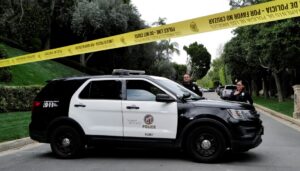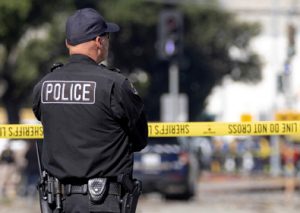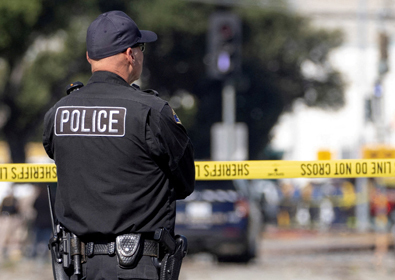Ayla Lee
9th grade / Palos Verdes Peninsula High School
What started as a small spark but ended up turning into one of the most destructive things in California? The Palisades fire. On January 7, around 10am at the sandy ridges of Palisades highlands, a small fire broke out. It rapidly started spreading all throughout Palisades reaching 1000 acres of burned areas and leaving hundreds of structures destroyed. With the effect of the winds, the blaze started traveling across Malibu. Within the first hour homes were already being burned to the ground, and it was considered the most destructive fire in California’s history. Through the analysis of the impacts and response efforts, this fire really proves the importance of addressing tough times and more ways to protect our environment.
Within the first day, emergency evacuations were sent out during the afternoon and evening while many other survivors were fleeing even before evacuations were sent out. As the fire grew, the fire crews cleared out the roads and bulldozed abandoned vehicles to make space for fire trucks and fleeing people, so there was little to no traffic. As the fire gradually expanded, most residents safely escaped but the smoke increased and aircrafts were temporarily stopped for caution. By the evening the fire had reached 15,000 acres burned down, which not only beat the Franklin Fire that recently occurred in Malibu, but traveled all the way to where the Franklin fire was. Nearby in the Topanga State Park, 1,000 acres were destroyed from the growth of the fire. A total of 5,000 homes and buildings together were burned down. During the first few days, the number of acres grew to 17,000 and 0% of it was contained.
The winds were blowing up to 100 miles per hour and the area of Altadena began to get affected, starting the Eaton fire in the Eaton Canyon that same day. Not even 24 hours later, the Eaton fire reached 10,000 acres of land towards Pasadena and 0% of that was contained either. On January 8th and 9th, several small fires like the Sunset fire and Kenneth fire had also erupted near Hollywood but were contained faster than the Palisades and Eaton fires. The death toll throughout the week grew little by little.
As of today, the Palisades fire is over 80% contained while the Eaton fire is at 90%, after being active for weeks with the amazing help of 5,000+ firefighters. Unfortunately, 28 deaths have been announced, and many people are still evacuating from their homes. With the Eaton fire and Palisades fire combined, 13,000 structures and 6,000 homes gone. There has been lots of support and donations given to those affected. Thanks to many schools, fire departments and community foundations, struggling families have received a generous amount of help from all around the world.















































 설명 없이 5시간 구금
설명 없이 5시간 구금 




































